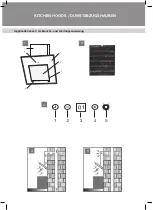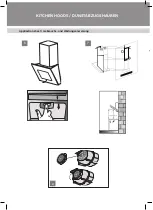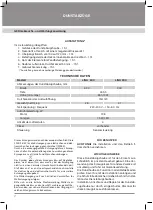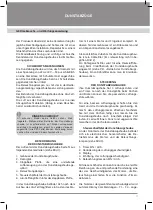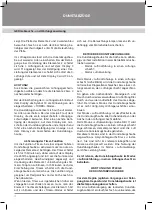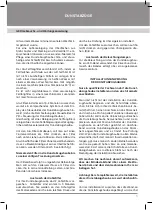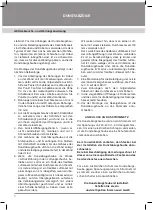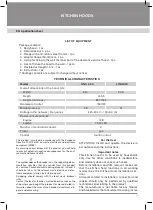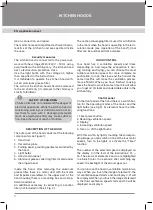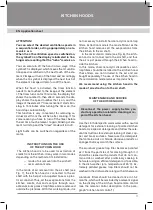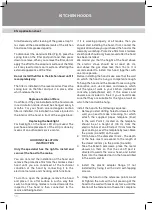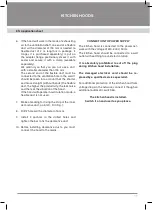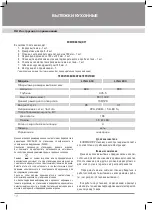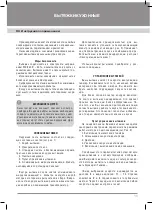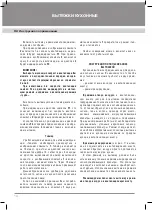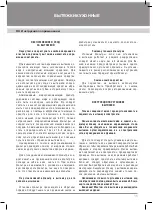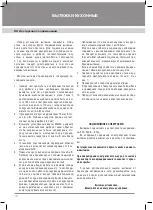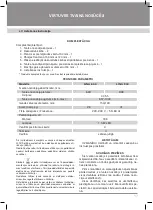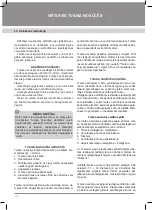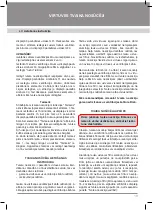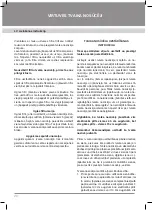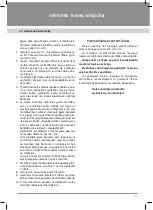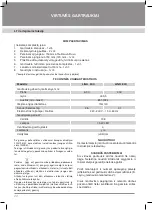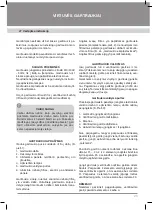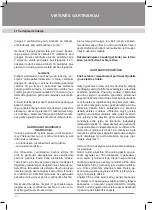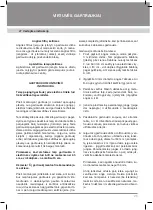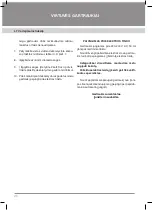
11
EN Application sheet
EN Application sheet
KITCHEN HOODS
6. If the hood will work in the mode of exhausting
air to the ventilation shaft, one end of a flexible
duct with a diameter of 153 mm is needed (a
flexible duct of 2 m length is in package, if
longer, it is purchased separately) is put on
the adapter flange, preliminary smear it with
sealer and secure it with a clamp (available
separately).
We remind you that you can not use a duct
with a smaller diameter than 153 mm.
The second end of the flexible duct must be
connected to the ventilation hole in the wall. It
should be taken into account that the shorter
and more straight (without bends) the flexible
duct, the higher the productivity, the less noise
and the less the vibration of the hood.
If the hood will operate in recirculation mode, a
flexible duct is not used.
7. Make a marking for fixing the strip of the inner
decorative duct, points C, D in Fig. 7.
8. Drill 2 holes with a diameter of 6 mm.
9. Install 2 anchors in the drilled holes and
tighten the bar to fix the decorative duct.
10. Before installing decorative ducts, you must
connect the hood to the mains.
CONNECTION TO POWER SUPPLY
The kitchen hood is connected to the power net-
work with the voltage of 220–240V, 50 Hz.
The kitchen hood should be connected to a wall
outlet with earthing to avoid electrocution.
It is absolutely prohibited to cut off the plug
during kitchen hood installation.
The damaged electrical cord should be re-
placed by a qualified service specialist.
For additional protection of the kitchen hood from
voltage drops in the network, connect it though an
additional automatic switch 6A.
The kitchen hood is installed.
Switch it on and use it as you please.


